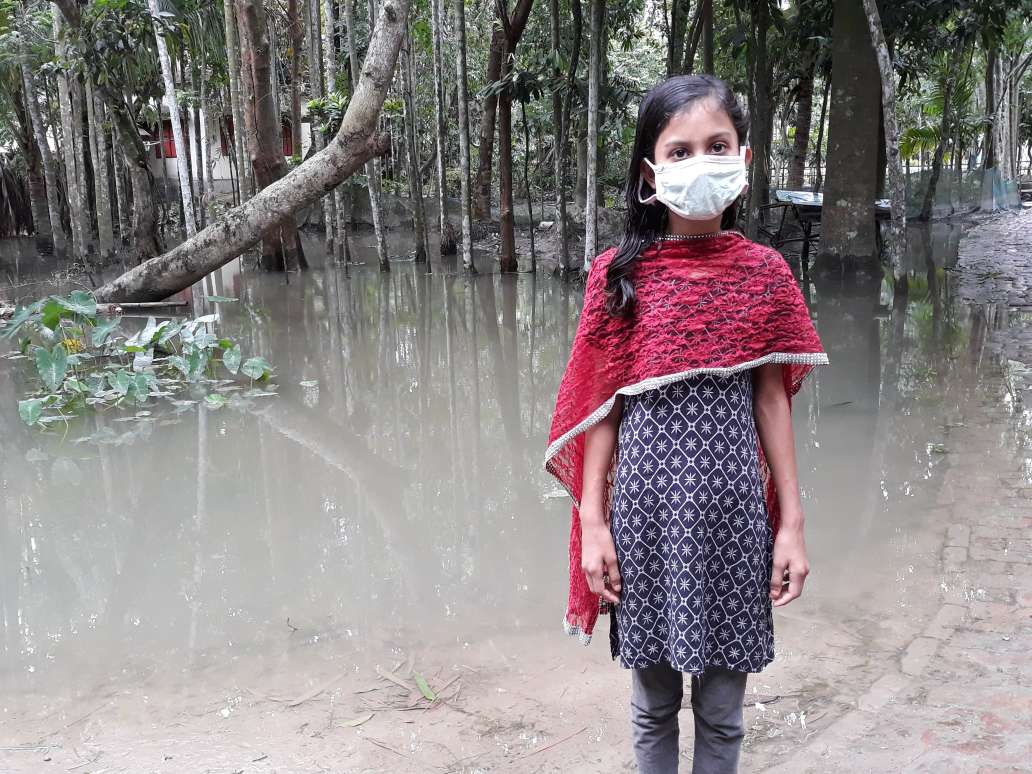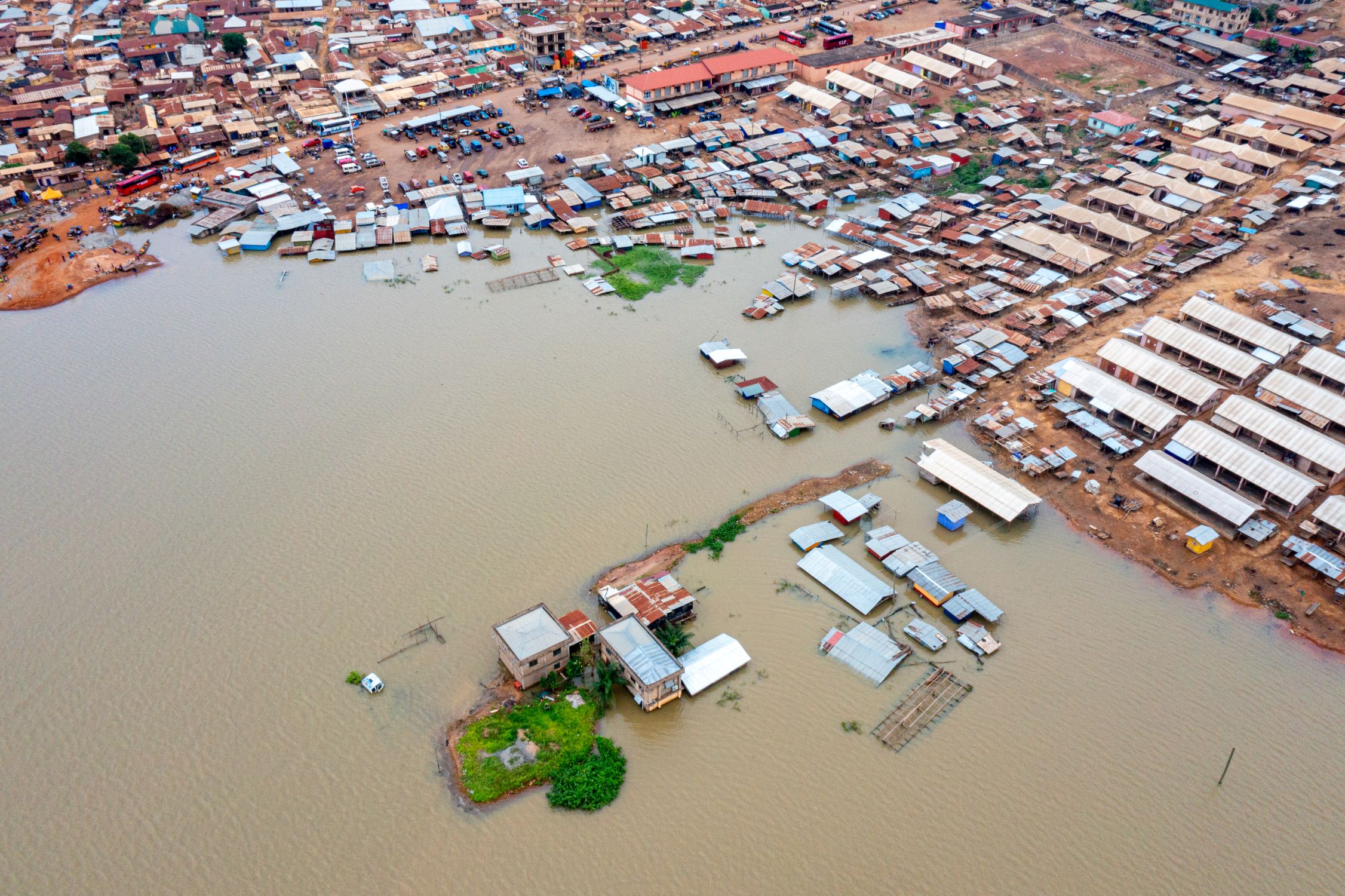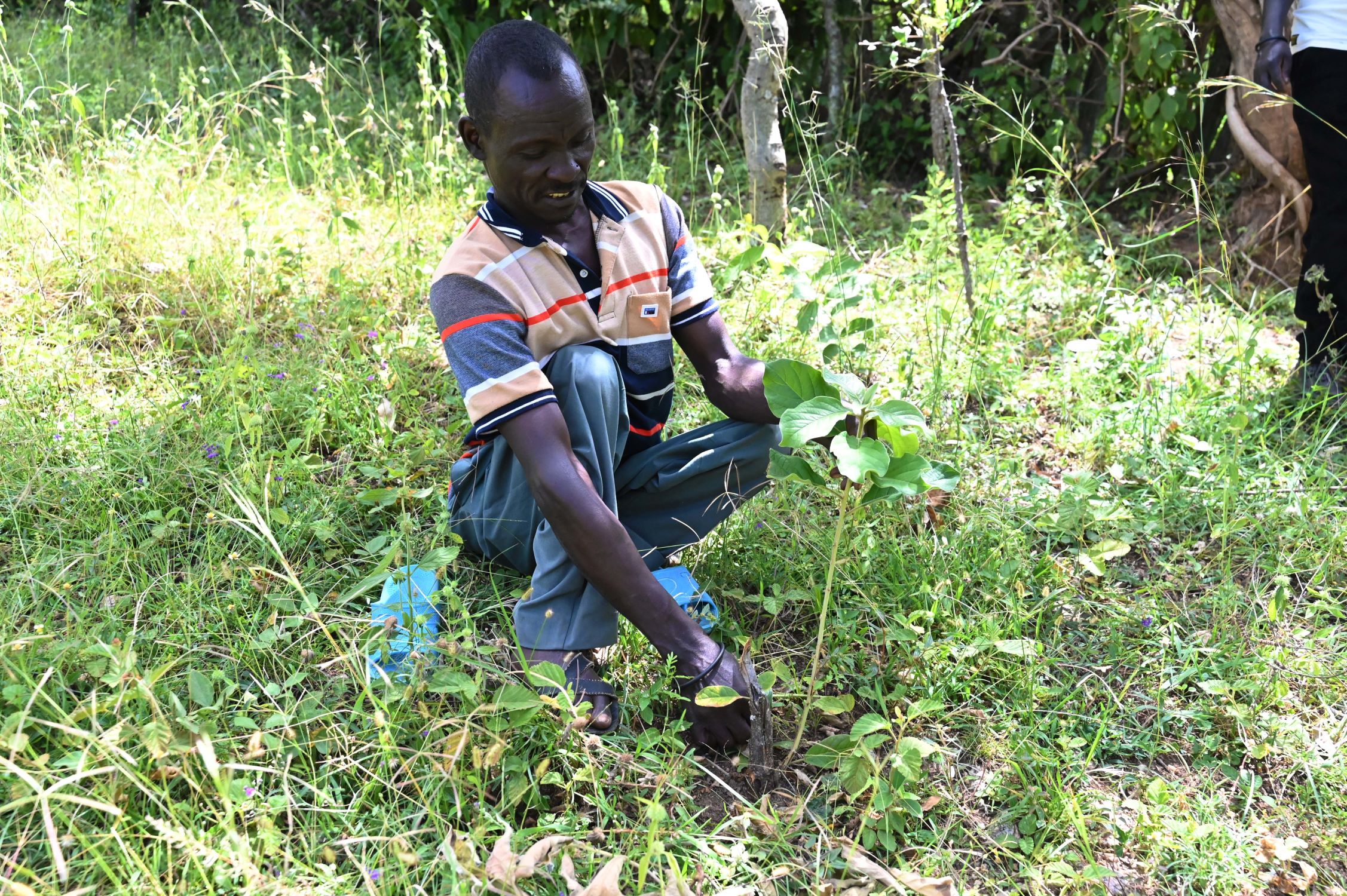
Overcoming drought in Kenya
Thanks to your support, families are learning climate-smart farming techniques
According to the World Health Organization (WHO), 3.6 billion people are living in areas that are at high risk of the effects of climate change. On Earth Day (22 April), we're highlighting how families are impacted by climate change around the world and how you can help others to become more resilient to climate shocks.
Keep reading to learn how a family in Kenya are overcoming the devastating effects of climate change thanks to World Vision supporters.
The cost of drought in Kenya
Samson, 47, lives with his wife, Pauline, and their seven children in an area of western Kenya that is prone to drought. He’s a farmer and a local leader - and is passionate about regreening his community.
Samson has limited mobility in his legs, after contracting polio as a child. He says, "It is challenging to be a person with disability, especially during the dry season, because you constantly have to rely on other people to help you when searching for water or pasture for your animals, which becomes costly.”
The semi-arid terrain where Samson lives receives between 55 and 85cm of rain each year. This irregular rainfall is barely enough to grow the crops needed to meet the area’s agricultural demands. Ongoing drought has gravely affected community livelihoods.
He remembers, “Growing up, there were lots of trees, wild food and fruits in abundance. There was enough for us and our livestock to eat. If only we can restore that... our lives would change."
Meeting the needs of communities
Many countries are experiencing the devastating effects of climate change. These include prolonged droughts and flooding, both of which put lives at risk.
Droughts impact crop yield, leading to food shortages as well as increased prices. They can also lead to loss of livestock – a source of income as well as nutrition for families.
One way World Vision helps climate-affected communities meet their needs is through Farmer Managed Natural Regeneration (FMNR). This is a low-cost land regeneration technique which has transformed Samson’s life.
READ MORE: The countries most prone to flooding
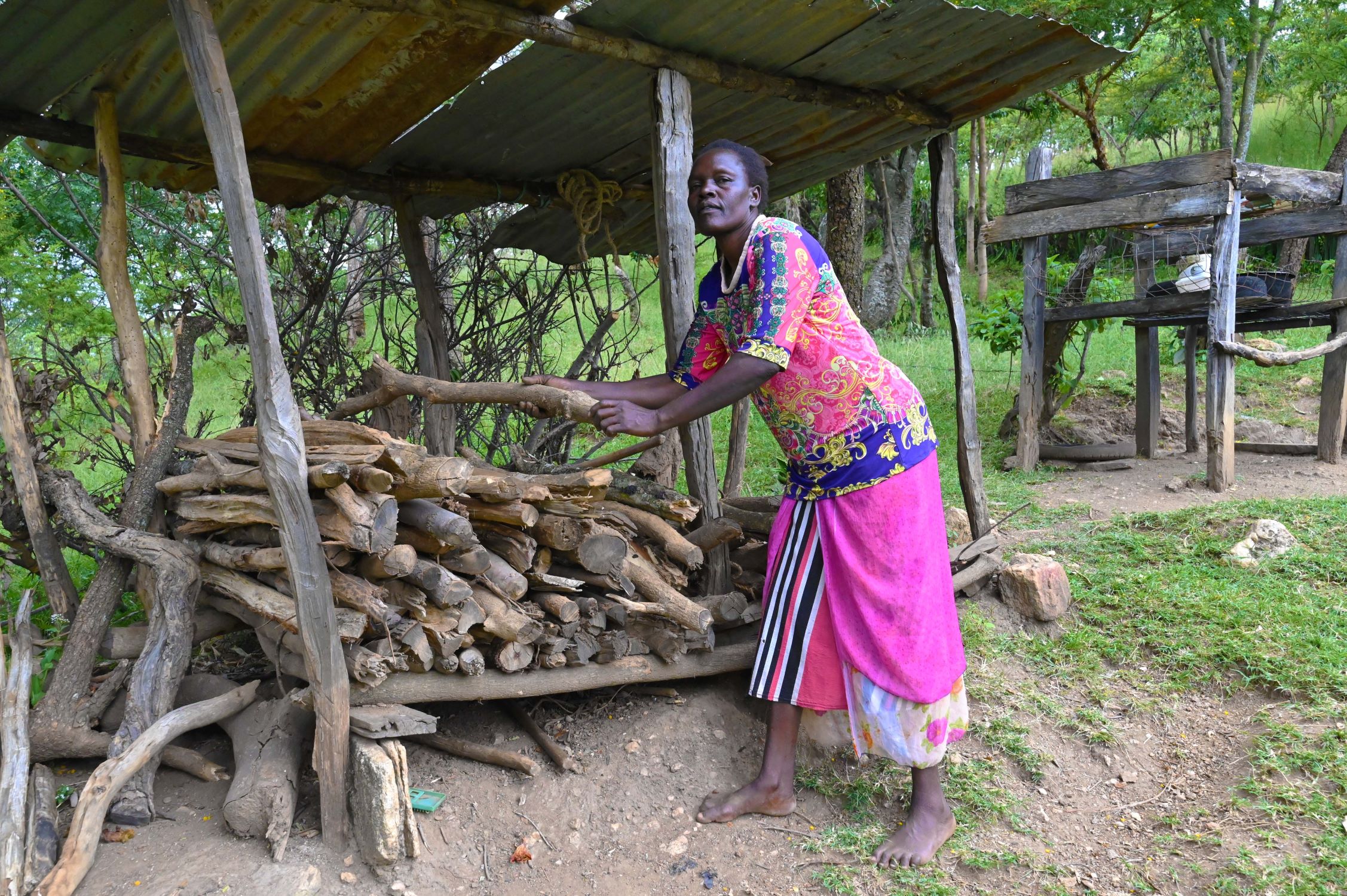
World Vision training improved Samson's crops
World Vision works with farming communities to rehabilitate degraded land and earn more, through FMNR.
In May 2022, Samson joined 209 other smallholder farmers and pastoralists to train in FMNR. This is a simple, low-cost technique that regrows indigenous trees from felled tree stumps, roots of previously cut trees, or naturally occurring tree seedlings present in the soil.
Equipped with new skills, Samson fenced off three acres of his farmland and began working to regrow trees. Under his careful management, the trees soon provided timber for firewood, fodder for animals and increased shade for grass. Rare indigenous plants – nearly extinct due to reforestation – soon began to pop up. And as the soil improved, Samson’s crops grew better too.
Samson says, “Thanks to World Vision’s FMNR training, I have learnt the proper pruning techniques, the importance of using the pruned branches as organic manure instead of burning them as we used to, and the importance of protecting young regenerating stumps from being damaged by livestock. In addition to the increased grass cover, we are now reaping greater benefits as a result of implementing the correct practice.”
The benefits of regeneration
The increase in income from their farm has lots of benefits. It means Samson and Pauline have been able to support their children’s education, with three already in college. They have also embraced working together to enjoy the maximum benefits of FMNR.
“I enjoy sharing duties with my husband on the farm,” says Pauline. “It has improved our relationship. We achieve better results when we combine our knowledge, strengths and unique skills. He taught me about FMNR and now I assist in managing the trees in instances that he can’t due to his disability.”
Having trees that provide firewood a stone’s throw away from the house has enabled Pauline to focus on other income-generating activities, such as tending to her kitchen garden and poultry farming. Instead of searching for firewood, their children have more time to study.
“I used to spend at least five hours when fetching firewood but now, within 30 minutes I can gather firewood and prepare food for my family early enough,” Pauline says.
As parents, Pauline says they now have spare time to spend with their children. They also use indigenous tree extracts as herbal medicine for coughs, flu, and stomach aches.
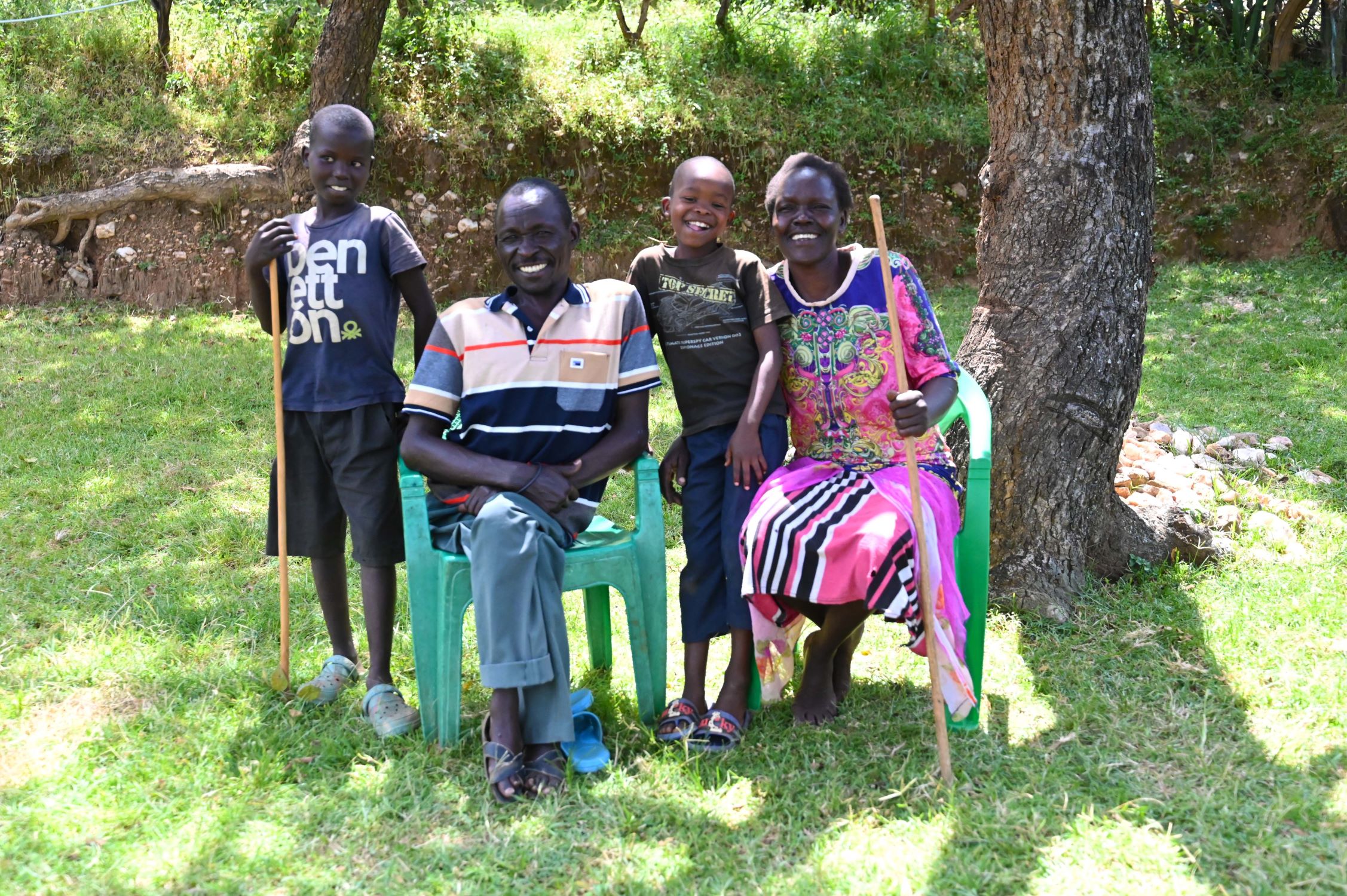
Sharing knowledge and building resilience
To share the benefits of FMNR with his community, Samson leads a project-run farmers’ group as chairperson. The group aims to build resilience against drought and climate change through land regeneration.
“I encourage people with disability [who have land, however small] to adopt FMNR because it offers a sustainable solution and will cater for most of their needs,” he says.
Enough is Enough
Repeated droughts in East Africa have led to millions of people going hungry. Conflict, climate change and the economic effects of the Ukraine crisis are interacting to create new, and worsen existing, hunger hotspots across the globe. The East Africa hunger crisis is part of a wider Global Hunger Crisis, in which almost 50 million people are on the brink of starvation.
World Vision has worked for decades to help vulnerable communities access essentials such as nutritious food, safe drinking water, education, child protection, and training – like FMNR. With the sheer scale of the current hunger crisis though, we are saying ENOUGH to child hunger. There is enough food in the world for everyone. And everyone should be able to eat.
You can join our ENOUGH campaign today and be part of something bigger to drive change, to help children survive and thrive.


